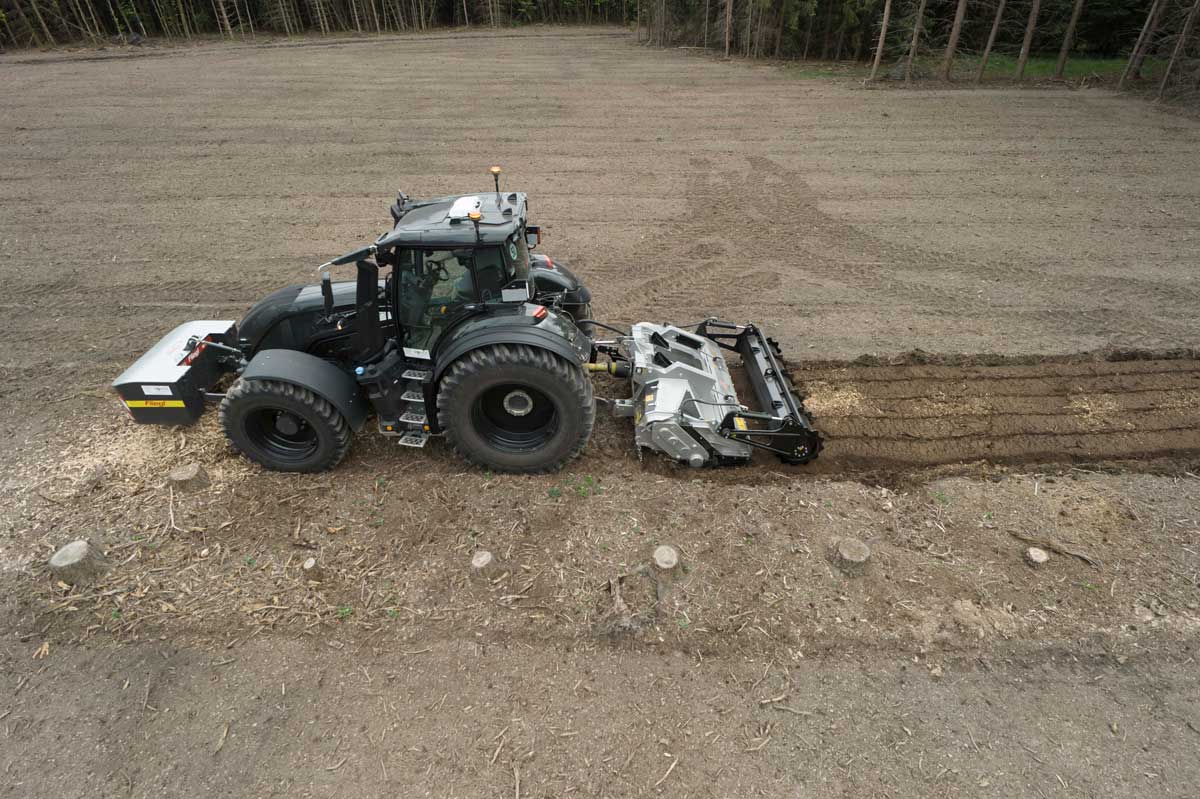Three for One
On almost any jobsite across the country (from landscape to utility work), dig-and-load operations are a must, and oftentimes the combination of a skid steer and excavator fit the bill. However, as jobsites become less accessible with a minimal allowance for equipment and crews, contractors are beginning to look for a single go-to solution — and backhoe loaders are filling that niche. By adding a backhoe to a fleet, contractors are able to eliminate the operating costs of multiple machines, as well as free up valuable space on an already crowded construction project.
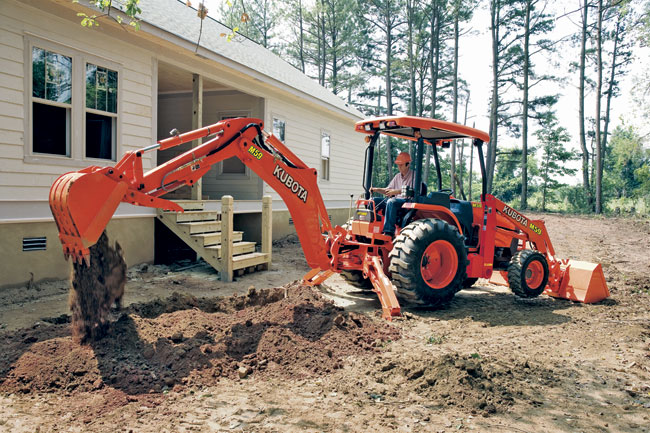
“A backhoe loader, by definition, is used in many applications as it is virtually three machines in one — a backhoe, a loader and a tractor,” explains Jim Blower, senior product manager for JCB. “The backhoe loader is the jack-of-all-trades around a jobsite, and it’s usually the first machine there and the last to leave as it can be used in so many different applications.”
Armed with the right attachment, a backhoe loader can expand even more into a myriad of construction and landscape tasks. On one end, the loader — coupled with a bucket, grapple or pallet forks — can dig and perform site prep, as well as transfer material from one spot to another. The backhoe can combine with a number of attachments such as brooms, thumbs and augers to lend a hand in brush clearing and cleanup jobs. Not to mention, this versatile machine has found its way into utility installations.
“Generally, backhoe loaders boast an extend-a-hoe feature, which gives the operator the capacity to extend the reach and depth that the machine is able to dig — making them ideal for utility construction,” says Rob Marringa, brand marketing manager — North America for Case. “That particular feature, paired with the backhoe’s ability to lift large loads, allows the machine to pick up and place items with precision such as septic tanks and manhole covers.”
Buying a Backhoe Loader
Since a backhoe loader packs a productive punch in one versatile machine, this piece of equipment is becoming quite popular on jobsites. With offerings from companies such as Caterpillar, Case and Volvo to Kubota and JCB, there are plenty of machines out there to suit any application’s needs.
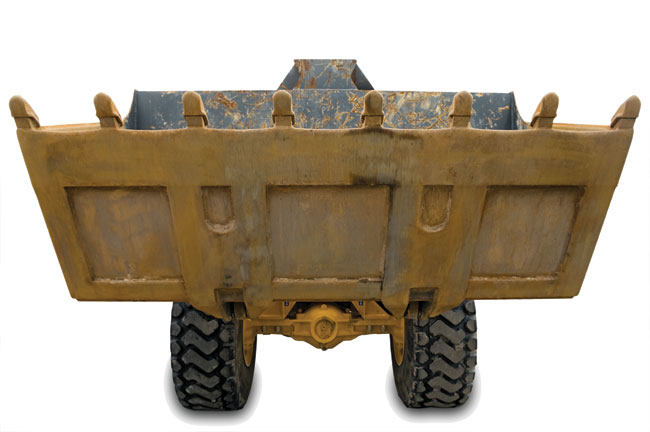
“The worldwide market peaked in 2007 just shy of 100,000 backhoe loaders sold; the world market took a downturn in 2008 and 2009, but has picked up again in 2010 to around 60,000 backhoe loaders sold worldwide,” explains Blower. “The North American market is around 20 percent of the world market.”
Before you buy, make sure to narrow down what you’re looking for in a machine and what features are necessary for the job at hand. When looking to add a backhoe loader to your equipment fleet, Blower says it’s important to note that these machines come in all shapes and sizes — giving them the ability to be better suited for the application at hand. To aid in the decision-making process, Blower offers a list of questions for potential buyers to answer to help narrow down the various machine choices:
- How much loader work will be done?
- What material will be handled with the loader?
- What terrain will the machine be running on?
- How much time will be spent driving the machine on the road?
- What dig depth will the backhoe be required to dig to?
- How long of a trench will the machine be digging?
Once these questions are answered, a buyer can confidently begin the hunt for a new machine. Next, it’s important to decipher which machine features are important for the work an operator plans on performing. Dig depth is usually the best place to start. Backhoe loaders are typically categorized by their dig depths, which can range from 8 to 17 ft. A 14-ft dig depth is the most popular, making up about 70 percent of the North American market.
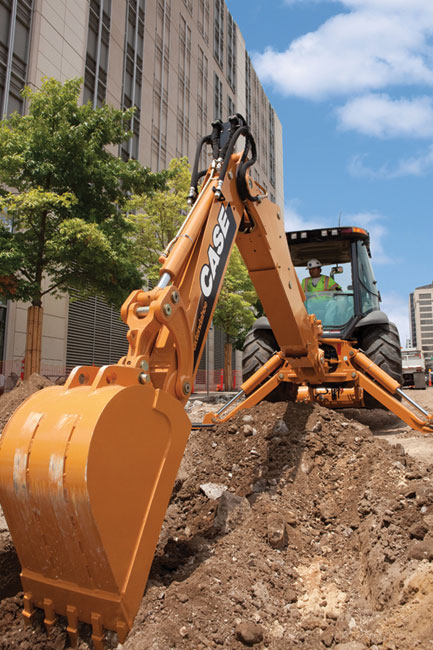
The engine’s horsepower is another way some categorize these machines. For example, a compact backhoe loader would fit in the less than 60-hp segment, and the most popular segment would be greater than 60 hp, says Keith Rohrbacker, product manager of construction equipment for Kubota Tractor Corp. Aside from dig depths and horsepower, another consideration is the machine’s boom configuration. Backhoe loaders are offered with either a straight or curved boom, depending on the manufacturer. For example, Kubota backhoes all feature a curved boom design.
“The curved boom design makes it easier to reach maximum dig depth with a minimum trench cut,” says Rohrbacker. “Operators will find it easier to clear worksite obstacles; and truck-loading is better with a curved boom as it’s easier to clear sideboards and position material in the center of the truck bed.”
On the other hand, manufacturers such as JCB offer customers a straight boom configuration since these machines are often used for excavation purposes. Blower says, “The straight boom design allows the hydraulic cylinders and hoses to be placed inside the boom for protection while digging and gives the operator better sight lines into the trench as well when the boom is swung to the side.”
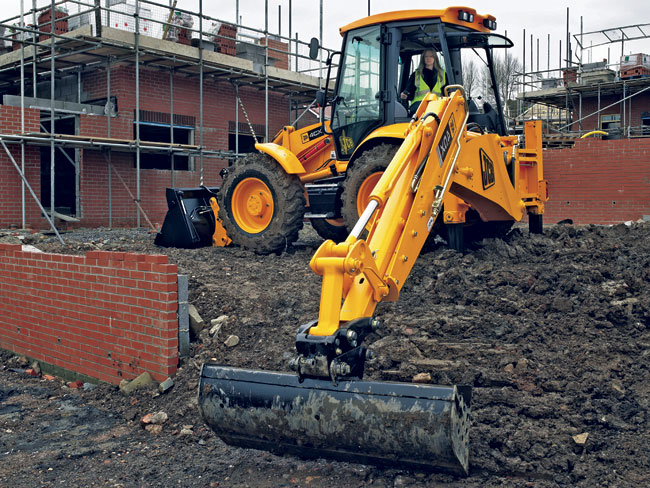
With budgets tightening and contractors wanting to get the most out of their investment, features like good fuel economy are important to consider. Getting the most out of a new machine is necessary to staying on the job and finishing a project.
“Lately, the element of fuel economy and productivity has been a common theme among buyers,” says Marringa. “All manufacturers are striving to utilize electronic injection for their engines, which offers savings from the use of fuel. Hydraulic configurations are also being optimized to operate at cooler temperatures and higher capacities so that the backhoes themselves not only require less maintenance, but boost productivity.”
Operator comfort is another concern especially when the operator is expected to work long hours. Options like a cab with air conditioning are available from manufacturers. How about a coffee maker? Companies such as JCB can outfit your machine with one. Aside from those perks, safety features are also vital to keeping the operator comfortable, productive and safe throughout the busy day.
“It is important for a buyer to consider which applications they could potentially use the tractor, and make certain that the machine not only has the power and capacity to meet their needs, but also provides features for comfort when operating for long hours,” says Rohrbacker. “When used properly, a certified ROPS/FOPS canopy and retractable seat belts help protect the operator. Four-wheel-drive and differential lock helps improve mobility of the equipment in mud, sand and snow.”
Getting to Work
After selecting the right backhoe loader for your needs, understanding how to properly operate it is the next step. Rohrbacker points out that the most important information about using a backhoe loader can be found in the manufacturer’s operator’s manual. Here, operators can find safety information, operating techniques, daily inspection checklists and maintenance schedules and procedures. He says, “Consult with your dealer to understand the operator’s manual information thoroughly — so you get the best performance out of your backhoe loader.”
It’s also essential to realize the capabilities and limitations of your new machine. For example, understanding the backhoe loader’s carrying capacities and hydraulic requirements will ensure that you don’t overextend the machine and leave it open to premature wear.
“When operating a backhoe loader, the most important thing to understand is that the machine does have its limits, and you should not try to exceed them,” says Blower. “Overloading a machine can lead to excessive wear, breakages and even worse — injury. These machines are designed and developed to do a job and do it well, but they can’t be overloaded.”
Pam Kleineke is associate editor of Compact Equipment, based in Peninsula, Ohio.

